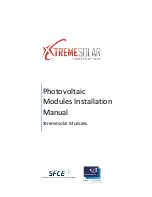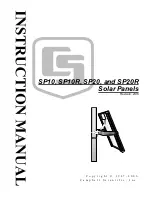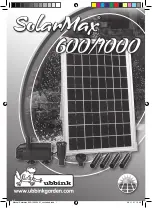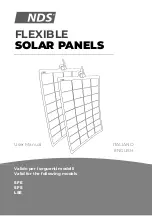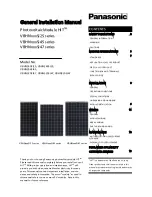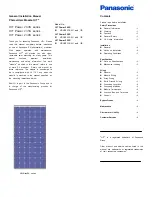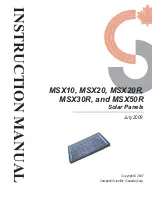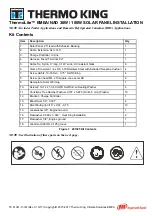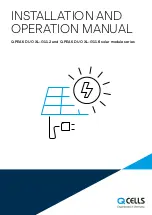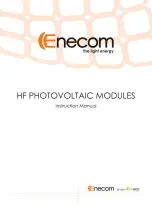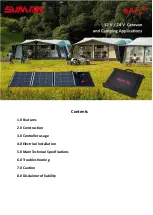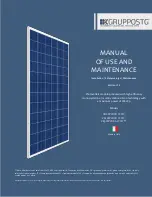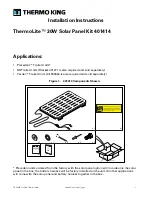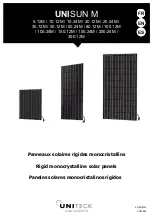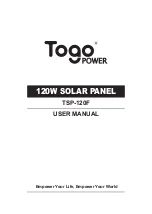
7
4.2 Tilt Angle Selection
The tilt angle of the Modules is measured between the surface of the Modules and a horizontal ground
surface. The Modules generates maximum power output when it faces the sun directly.
In the northern hemisphere, Modules should typically face south, and in the southern hemisphere, Modules
should typically face north.
For detailed information on the best installation angle, please refer to standard solar photovoltaic
installation guides or consult a reputable solar installer or systems integrator.
Dust building up on the surface of the Modules can impair with Modules performance. SFCE recommends
installing the Modules with a tilt angle of at least 10 degrees, making it easier for dust to be washed off by
rain.
5. MECHANICAL INSTALLATION
5.1 Conventional Requirement
Ensure that the installation method and supporting system of Modules is strong enough to make the
Modules to able to withstand all the load conditions. The Installer must provide the guarantee. The
installation supporting system must be tested by the third-party organization with the analysis ability of
Static Mechanical, according to the local national or international standards such as DIN1055 or equivalent
standards.
The Modules mounting structure must be made of durable, corrosion-resistant and UV-resistant material.
Modules must be securely attached to the mounting structure.
In regions with heavy snowfall in winter, select the height of the mounting system. So that the lowest edge
of the Modules is not covered by snow for any length of time. In addition, ensure that the lowest portion of
the Modules is placed high enough so that it is not shaded by plants or trees or damaged by flying sand.
When the Modules are supported parallel to the surface of the building wall or roof, a minimum clearance of
10 mm between the Modules frame and the surface of the wall or the roof is required to allow air to
circulate behind the Modules and to prevent wiring damage.
Do not attempt to drill holes in the glass surface and the Modules frames of the Modules.
Before installing Modules on a roof, ensure that the roof construction is suitable. In addition, any roof
penetration required to mount the Modules must be properly sealed to prevent leaks.
Observe the linear thermal expansion of the Modules frames, must ensure that the minimum distance
between neighboring frames is 10 mm.

